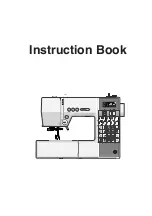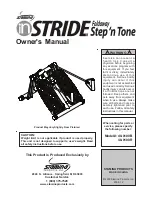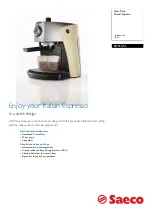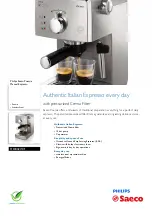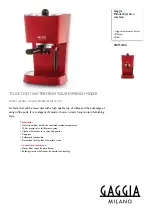
ABOUT THE NEEDLE AND FABRIC
B-52
About the Needle
The sewing machine needle is probably the most important part of the sewing machine. Choosing the
proper needle for your sewing project will result in a beautiful finish and fewer problems. Below are some
things to keep in mind about needles.
• The smaller the needle number, the finer the needle. As the numbers increase, the needles get thicker.
• Use fine needles with lightweight fabrics, and thicker needles with heavyweight fabrics.
• To avoid skipped stitches, use ball point needle (golden colored) 90/14 with stretch fabrics.
• To avoid skipped stitches, use ball point needle (golden colored) 90/14 when sewing character or decorative
stitches.
Fabric/Thread/Needle Combinations
The following table provides information concerning the appropriate thread and needle for various
fabrics. Please refer to this table when selecting a thread and needle for the fabric you wish to use.
ABOUT THE NEEDLE AND FABRIC
Note
• Never use a thread of weight 20 or lower. It may cause malfunctions.
Fabric type/Application
Thread
Size of needle
Type
Size
Medium weight fabrics
Broadcloth
Cotton thread
60 - 90
75/11 - 90/14
Taffeta
Synthetic thread
Flannel, Gabardine Silk thread
50
Thin fabrics
Lawn
Cotton thread
60 - 90
65/9 - 75/11
Georgette
Synthetic thread
Challis, Satin
Silk thread
50
Thick fabrics
Denim
Cotton thread
30
90/14 - 100/16
50
Corduroy
Synthetic thread
50 - 60
Tweed
Silk thread
Stretch fabrics
Jersey
Thread for knits
50 - 60
Ball point needle
(gold colored)
75/11 - 90/14
Tricot
Easily frayed fabrics
Cotton thread
50 - 90
65/9 - 90/14
Synthetic thread
Silk thread
50
For top-stitching
Synthetic thread
Silk thread
30
100/16
50 - 60
90/14 - 100/16
Memo
• For transparent monofilament nylon thread, always use needle sizes 90/14 or 100/16.
The same thread is usually used for the bobbin thread and upper thread.
CAUTION
• Be sure to follow the needle, thread, and fabric combinations listed in the table. Using an improper
combination, especially a heavyweight fabric (i.e., denim) with a small needle (i.e., 65/9 - 75/11), may
cause the needle to bend or break, and lead to injury. Also, the seam may be uneven, the fabric may
pucker, or the machine may skip stitches.
Содержание 882-D00
Страница 91: ...USEFUL FUNCTIONS Sewing Basics Sewing S 19 S 1 ...
Страница 147: ...STITCH SETTING CHART Utility Stitches Sewing S 75 S 2 ...
Страница 184: ...USING STORED CUSTOM STITCHES S 112 ...
Страница 221: ......
Страница 222: ......
Страница 223: ......































